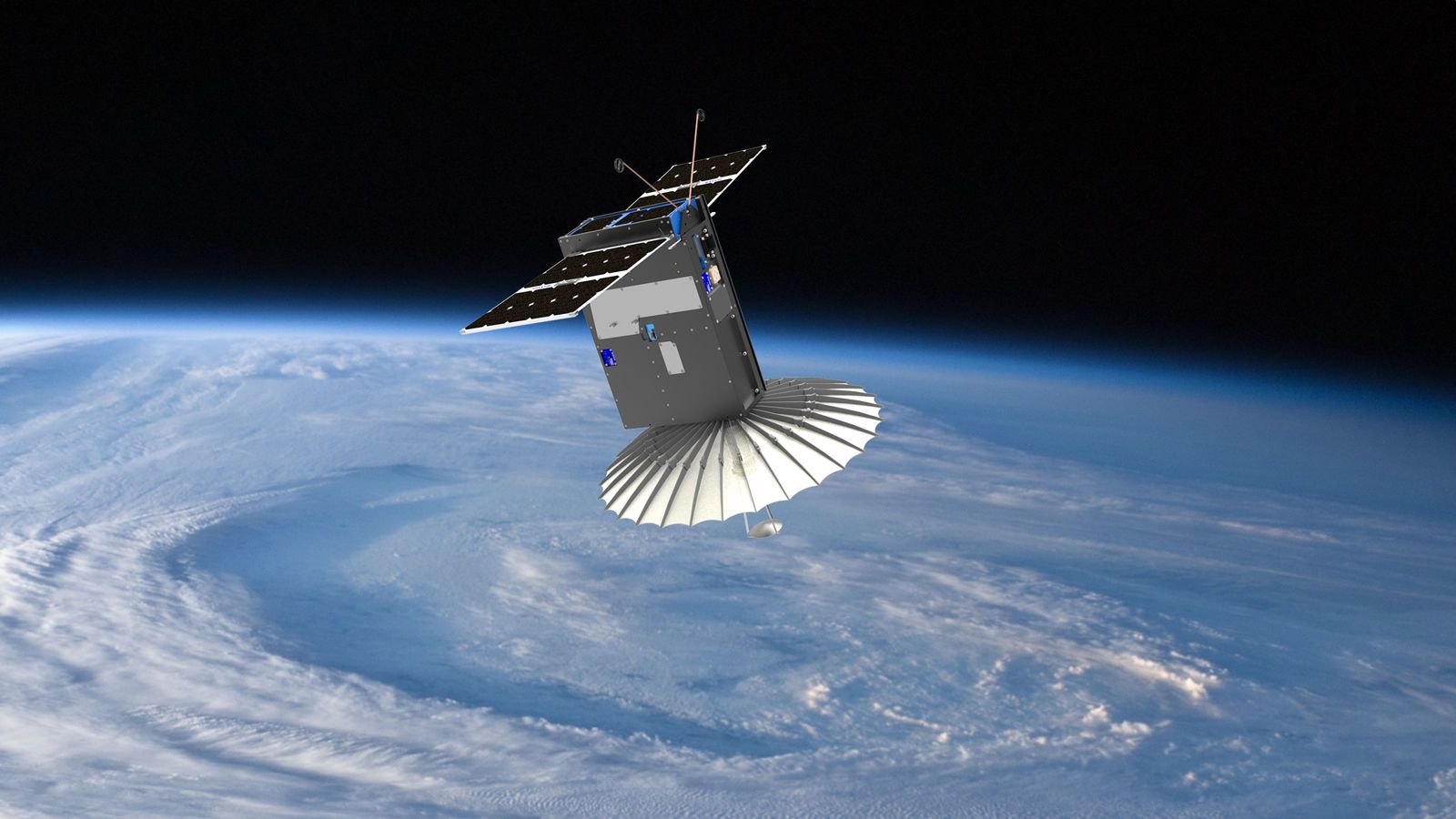NASA announces their first voice skill for Amazon’s Alexa at the AWS re: invent conference tonight. You’ll be able to ask Alexa questions about Mars.
Category: space – Page 1,083


A Material From Shapeshifting Planes Could Heal Human Flesh
What generates voltage when you warm it up, push on it, or blow on it?
Get your mind out of the gutter. The correct answer is polyvinylidene fluoride, a material NASA researchers have refined for use in morphing aircraft that shapeshift in response to their environment. But wait! There’s more: It can also kickstart the human body’s healing process.
Because of its potential to heal the world and make it a better place, the polymer’s inventors, Mia Siochi and Lisa Scott Carnell, have now turned it over to the public through NASA’s Technology Transfer Program. Through that process, companies license NASA technology for cheap and turn it into products to sell to non-astronauts. But transforming space stuff into Earth stuff isn’t always smooth. Turned-over technology can get lost inside the catalog, stall out in the bowels of a company, or become part of a product the original inventors wouldn’t approve of.

US military readies for next frontier: Space war
Since man first explored space, it has been a largely peaceful environment. But now US adversaries are deploying weapons beyond Earth’s atmosphere, leading the US military to prepare for the frightening prospect of war in space.
“As humans go out there, there has always been conflict. Conflict in the Wild West as we move in the West … conflict twice in Europe for its horrible world wars,” Gen. John Hyten, head of US Strategic Command, told CNN. “So, every time humans actually physically move into that, there’s conflict, and in that case, we’ll have to be prepared for that.”


Gravity may have chased light in the early universe
By Michael Brooks
It’s supposed to be the most fundamental constant in physics, but the speed of light may not always have been the same. This twist on a controversial idea could overturn our standard cosmological wisdom.
In 1998, Joao Magueijo at Imperial College London, proposed that the speed of light might vary, to solve what cosmologists call the horizon problem. This says that the universe reached a uniform temperature long before heat-carrying photons, which travel at the speed of light, had time to reach all corners of the universe.

DARPA is Placing “Big Bets” on Space-Based Weapons Systems
DARPA sees a real possibility for spaced based conflict. So, it’s hoping to create breakthrough technology to dissuade U.S. adversaries who might consider attacking from space.
Defense Advanced Research Projects Agency assists national security with efforts in space. It focuses on making space a “real-time operational domain,” as DARPA Director Dr. Arati Prabhakar recently said.
“The questions we ask ourselves at DARPA about the space domain … is what would it take to make the space domain robust for everything that we need militarily and for intelligence, and what would it take to make space a real-time operational domain, which it’s not at all today,” the director said last week at the 4th annual Defense One Summit. Many nation-states now orbit the Earth. Conflict is a real possibility, believes Prabhakar.
